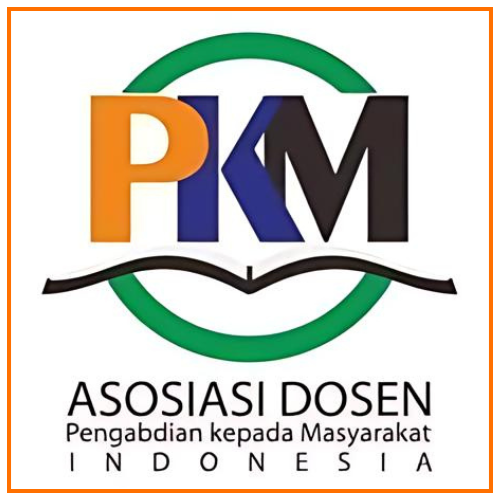The Use of Bilingualism Strategy as a Communication Tool in English Learning
Abstract
Keywords: Bilingualism; communication tools; English learning.
Full Text:
PDFReferences
Bialystok, E., & Craik, F. I. (2022). How does bilingualism modify cognitive function? Attention to the mechanism. Psychonomic Bulletin & Review, 29(4), 1246-1269.
Chaer, A. & Agustina, L. (2014). Sociolinguistics: Early Introduction. Jakarta: Rineka Cipta.
Djumabaeva, J, S. & Kengboyeva, M, Y. (2021). Bilingualism and Its Importance in Human Life. Linguistics and Culture Review, 5(1), 58-59. https://doi.org/10.37028/lingcure.v5n1.451.
Filipović, L., & Hawkins, J. A. (2019). The Complex Adaptive System Principles model for bilingualism: Language interactions within and across bilingual minds. International Journal of Bilingualism, 23(6), 1223-1248.
Grosjean, F. (2020). The bilingual's language modes 1. In The bilingualism reader (pp. 428-449). Routledge.
Grundy, J. G. (2020). The effects of bilingualism on executive functions: An updated quantitative analysis. Journal of Cultural Cognitive Science, 4(2), 177-199.
Harding-Esch, E., & Riley, P. (2003). The Bilingual Family: A Handbook for Parents (2nd ed.). Cambridge University Press.
Harold, D. L. (1968). The Use of Content Analysis Data in Studying Social Change. Social Science Information 7(1), 57-70.
Kroll, J. F., Bobb, S. C., & Hoshino, N. (2014). Two languages in mind: Bilingualism as a tool to investigate language, cognition, and the brain. Current directions in psychological science, 23(3), 159-163.
Lestari, S. E. (2018). The Effect of Bilingual Instruction on Students' Speaking Skill and Attitude. Thesis. Universitas Muhammadiyah, Makassar.
Maulina, A. (2021). Students’ Perceptions of Teacher’s Bilingual Language Use in An English Classroom. Thesis. Universitas Sriwijaya, Palembang.
Mistar, J. (2014). Teaching English as a foreign language (TEFL) in Indonesia. In Teaching English to the world (pp. 71-80). Routledge.
Moradi, H. (2014). An Investigation through Different Types of Bilinguals and Bilingualism. International Journal of Humanities & Social Science. Studies (IJHSSS). 1(2), 108-109.
Nursanti, Y. (2016). Students’ Perception of Teacher’s Bilingual Language Use in an English Classroom. Journal of English and Education, 4(1), 171.
Olga, V. Nagel et. al. (2015). Functional Bilingualism: Definition and Ways of Assessment. Social and Behavioral Sciences. 215, 219-220. http://creativecommons.org/licenses/by-nc-nd/4.0/.
Pransiska, R. (2017). Benefits of Bilingualism in Early Childhood: A Booster of Teaching English to Young Learners. Advances in Social Science, Education, and Humanities Research (ASSEHR), 58, 391. http://creativecommons.org/licenses/by-nc/4.0/.
Rahmanova, G. (2020). Language Processing in Bilingual Speakers. European Journal of Research and Reflection in Educational Sciences, 8(12 Part III), 131-143.
Romaine, S. (1995). Bilingualism. Oxford: Blackwell.
Sipra, M, A. (2013). Contribution of Bilingualism in Language Teaching. English Language Teaching, 6(1), 56. http://dx.doi.org/10.5539/elt.v6n1p56.
Setiyadi, A. B. (2020). Teaching English as a Foreign Language.
Tanjung, F. Z. (2018). Language learning strategies in English as a foreign language classroom in Indonesian higher education context. LLT Journal: A Journal on Language and Language Teaching, 21(Suppl), 50-68.
DOI: https://doi.org/10.37058/jelita.v3i1.5247
Refbacks
- There are currently no refbacks.








Journal of Education, Language Innovation, and Applied Linguistics
Lembaga Penelitian, Pengabdian Kepada Masyarakat dan Penjaminan Mutu Pendidikan (LP2M-PMP) Universitas Siliwangi
Jalan Siliwangi Number 24, Kota Tasikmalaya - 46115
West Java, Indonesia










